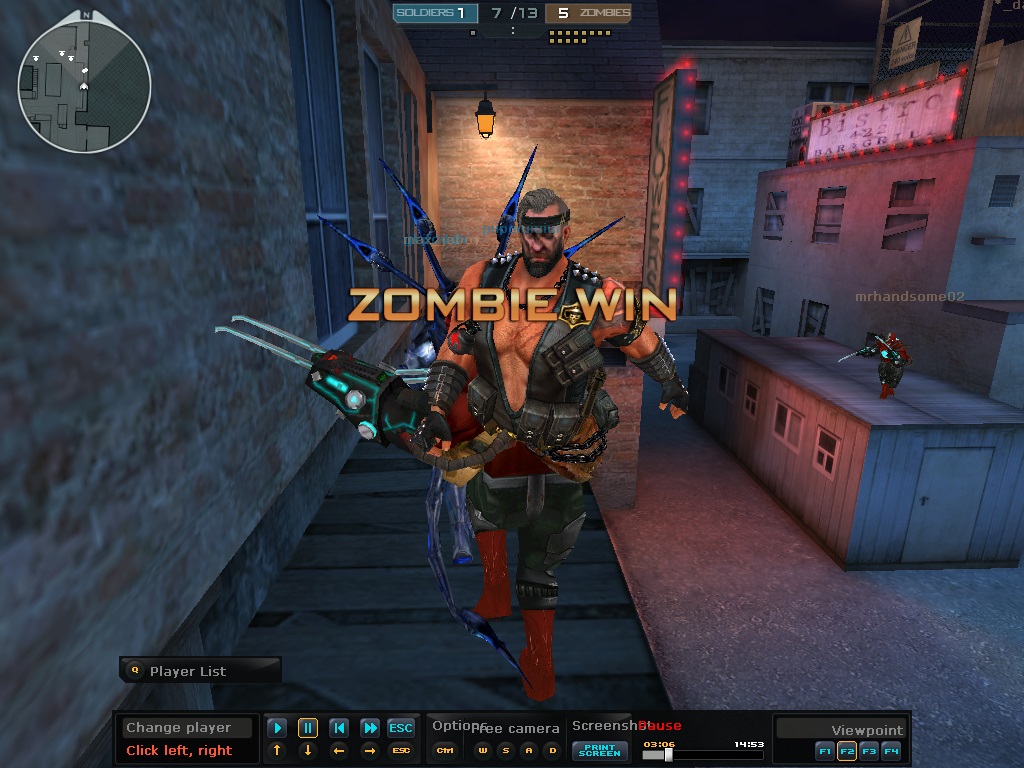
The change was mostly in the production technology: the Soviet factories stamped the receiver components rather than milling them, which cheapened production, reduced the scrap rate, and made the weapon lighter. In 1959 the modernized "AKM" (AK Modified) variant was introduced. The AK-46 prototype had a safety catch separate from the fire selector and its charging handle on the left hand side, but they inconveniently poked users in the ribs when slung like Western submachine guns, which explains why they were moved to the right-hand side. This also prevents the possibility of unintentional discharge when reloading, because any soldier using his trigger hand to change the magazine while his off-hand holds the rifle by the fore-stock cannot accidentally yank the trigger when under stress. As is all too often the case with Russian technology, "Western capitalist control ergonomics" was an afterthought at best, with the fire selector-safety lever and charging handle being attached to the right note The AK was designed for a very traditional manual-of-arms which calls for using the right hand to do just about everything, from racking the bolt to changing the magazine. Thankfully, the AK is easy to field-strip and can be cleaned afterwards by throwing water on the mud-stained components. Thanks to the large gas piston, chrome-lined barrel and chamber, and generous clearances between parts, it has an almost legendary reputation for reliability note dry dirt, fouling, sand, or snow will not jam the AK, but thick mud will do so. It is notable for its distinctive long gas tube, wooden furniture, and a curved 30-round magazine (often likened to the shape of a banana).

The AK fires 7.62x39mm rounds originally used by the late-war RPD and SKS. In 1949, it passed the military tests and was put into service with the official name "7.62-мм автомат Калашникова обр. The design of the rifle was finished in 1947 (under the working title "Miktim"short for "Mikhail Timofeyovich") after competing with other prototype assault rifles. As its name implies, it was designed by Mikhail Timofeyovich Kalashnikov, a tank commander who was inspired to create an automatic rifle after being pulled off active duty thanks to a shoulder injury and overhearing complaints from other injured soldiers about their then-current weapons. Here, it is used to distinguish the first-pattern AKs from later versions and variants like the AKM, as it is commonly called, is probably the most common and well-known assault rifle. The term came about based on the US practice of designating weapons based on their year of first appearance (in this case, 1947).
#Crossfire m4a1 xmas snow manuals
note From top to bottom: AKS-47, AKM, Type 56The AK (Avtomat Kalashnikova, meaning "Kalashnikov's Automatic"), or AK-47 note Though the weapon is commonly referred to as such, it should be noted that the name "АК-47" was almost never used by the Soviet military there have been reports of the very early Soviet manuals where the rifle was indeed called AK-47, but the practice was apparently abandoned very quickly. Two dudes in their fursuits who just turned you and your friends into ground meat with a well-hidden machine gun.The Soviet assault rifle. In the distance, you can make out two shapes. You realize you're done for when you see that your abdomen has been ripped open with your insides now absorbing the snow and dust. You try to run, but suddenly your midsection erupts in agonizing pain. Before you have a chance to react, your comrades begin dropping dead next to you, missing limbs or being completely obliterated by an unseen, deadly force. You take up elevated positions in the hills, ready to strike, but the convoy never comes.

You are excited to take on your first mission - an ambush of some patrol coming through a nearby valley.
#Crossfire m4a1 xmas snow how to
They give you minimal training: basic movement and how to operate your hand-me-down AK-74 captured in the 1980s. You think, "If these foreigners weren't here, we'd be left alone to live our lives." You leave home the following night, joining up with a nearby insurgent cell.

No Americans are killed, but a significant amount of your father's herd is killed by the crossfire. They are ambushed by some Taliban fighters hiding in one of the huts. The Americans come to your village, asking to speak to the elder. You hear there are new foreigners in your country and think the war against them will be much the same as it was against the communists. Your father told you stories of him fighting the Soviets as a young man. You're a 19 year old son of a goat herder from a tiny village in the Helmand province, the 7th of 13 children.


 0 kommentar(er)
0 kommentar(er)
